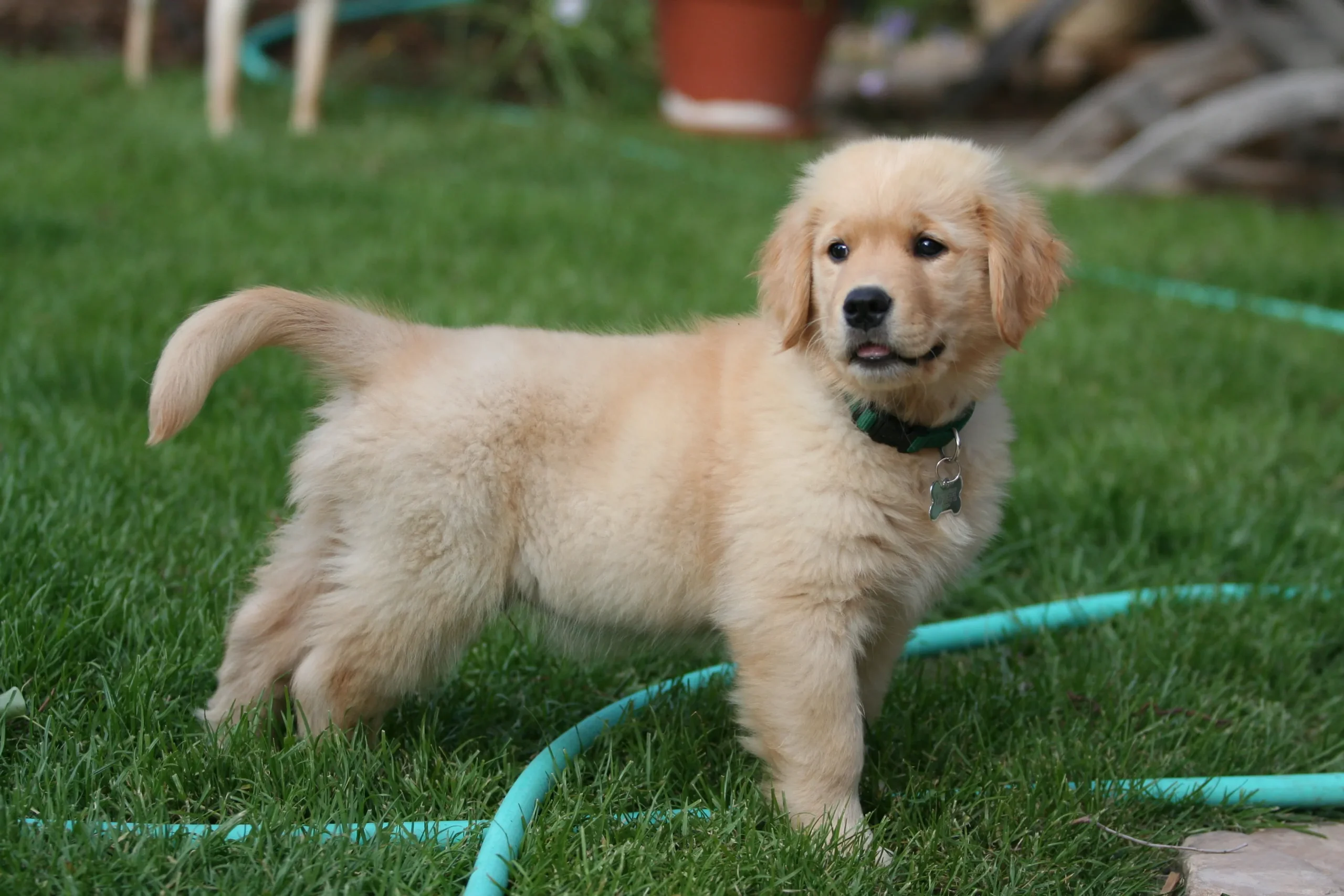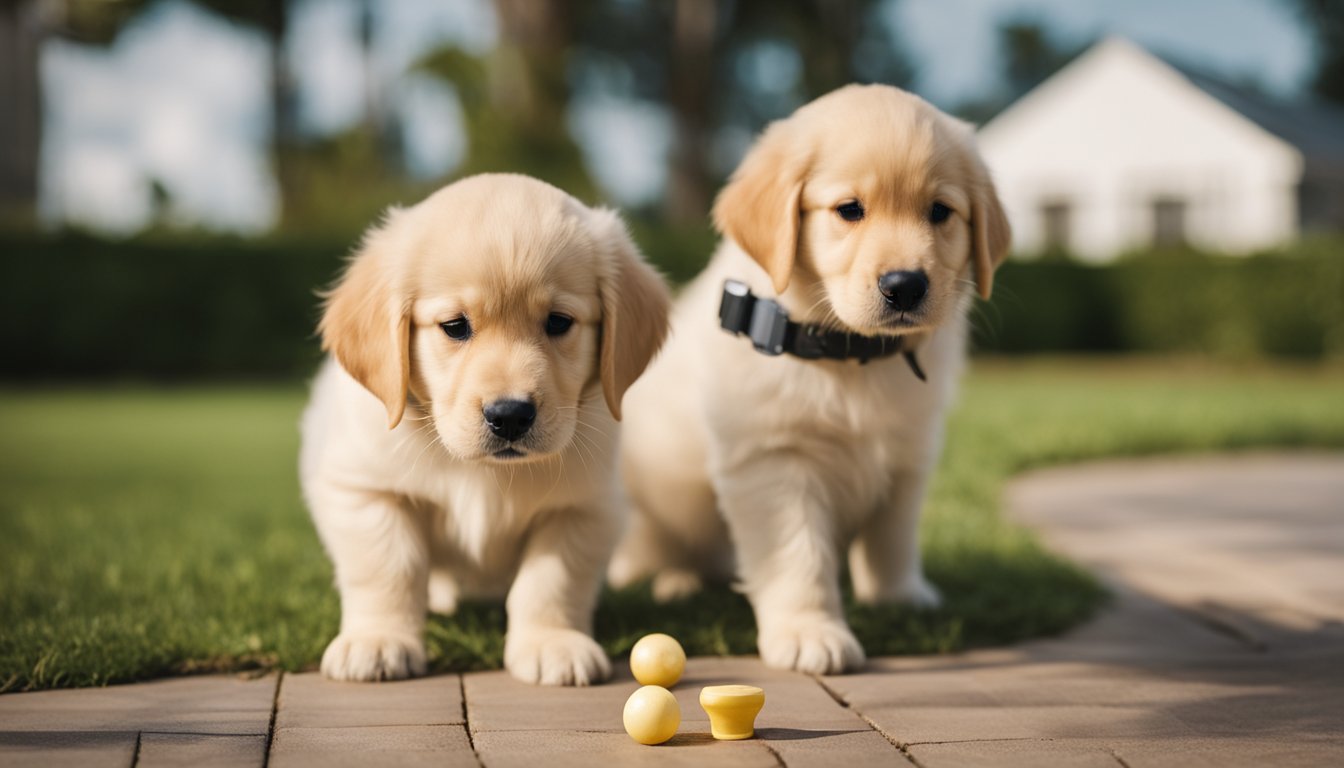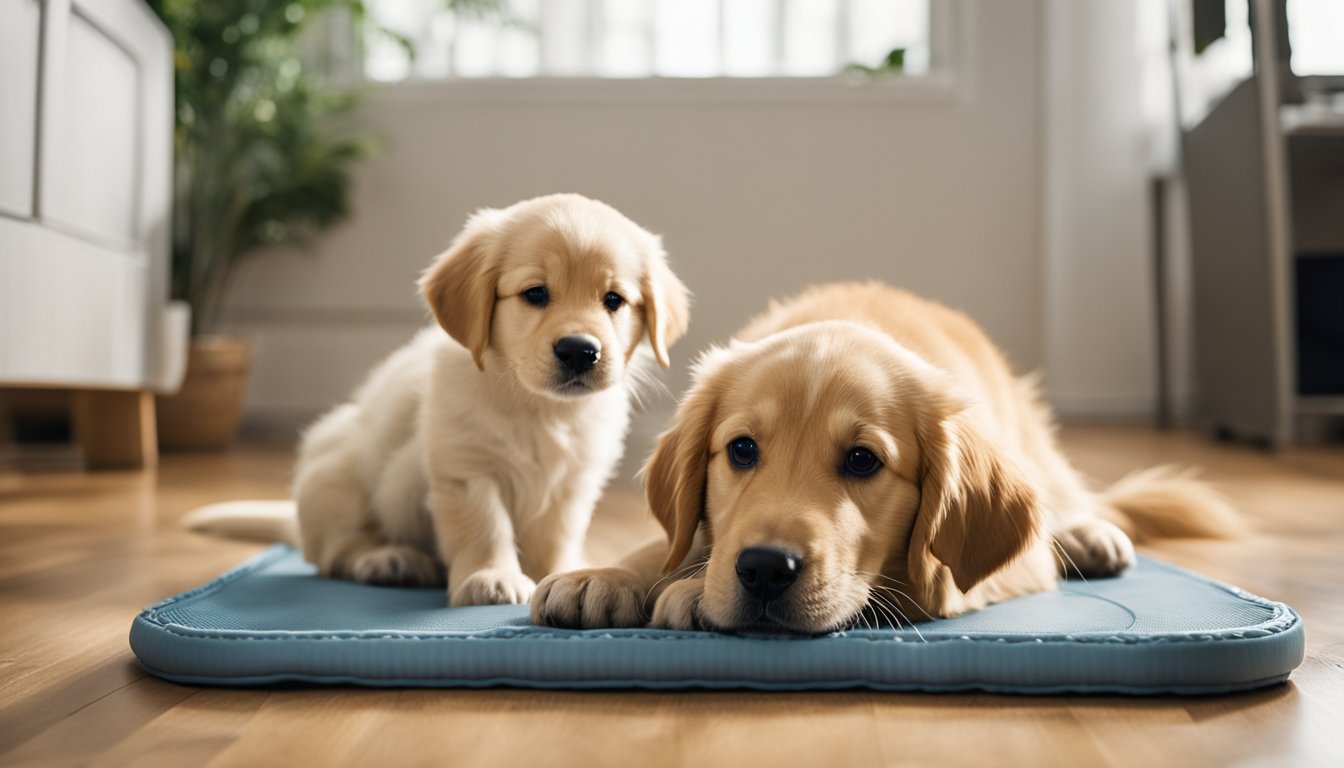If you’re a new golden retriever puppy owner, you’re probably wondering how to potty train your furry friend. Potty training is an essential part of your puppy’s education, and it can be challenging to do it right. Fortunately, with patience, consistency, and a few tried-and-true techniques, you can teach your golden retriever puppy to do their business outside.
To potty train your puppy, you need to understand their needs and behavior. Golden retrievers are intelligent and eager to please, but they also have a short attention span. They need to go potty frequently, especially after eating, drinking, playing, or sleeping. You must take them outside regularly and reward them for doing their business in the right place.
In this article, we’ll guide you through the potty training basics, including crate training and its benefits, dealing with accidents, advanced techniques and tips, and maintaining consistency and patience. We’ll also answer some frequently asked questions about potty training golden retriever puppies. By the end of this article, you’ll have a clear understanding of how to potty train your furry friend and enjoy a clean and healthy house.
Key Takeaways
- Understand your puppy’s needs and behavior to potty train them effectively.
- Crate training is a useful tool to help your puppy learn to hold their bladder and bowels.
- Consistency, patience, and positive reinforcement are essential to successful potty training.
Understanding Your Puppy’s Needs
Potty training a Golden Retriever puppy requires patience, consistency, and understanding. Before you start the training process, it’s important to understand your puppy’s needs.
Recognizing the Signs
One of the most important things you can do when potty training your Golden Retriever puppy is to recognize the signs that they need to go. These signs can include sniffing around, circling, whining, or barking. If you notice any of these signs, take your puppy outside to their designated potty area immediately.
It’s important to note that puppies have small bladders and may need to go outside more frequently than adult dogs. A general rule of thumb is that puppies can hold their bladder for about one hour for every month of age. For example, if your puppy is 8 weeks old, they may need to go outside every 2 hours.
Understanding Bladder Control
Bladder control is another important factor to consider when potty training your Golden Retriever puppy. Puppies may not have full control over their bladder until they are around 6 months old. This means that accidents are bound to happen, so it’s important to be patient and consistent with your training.
If you notice that your puppy is having accidents frequently, it may be a sign of a health issue. In this case, it’s important to consult with your veterinarian to rule out any underlying medical conditions.
By recognizing the signs that your puppy needs to go and understanding their bladder control, you can set your puppy up for success when it comes to potty training. Remember to be patient, consistent, and positive throughout the training process.
Potty Training Basics
https://www.youtube.com/watch?v=Py-thV0hf2U&embed=true
Potty training your Golden Retriever puppy can be a challenging task, but with the right approach, it can be a breeze. Here are some potty training basics that will help you get started:
Creating a Schedule
Creating a potty training schedule is essential for your puppy to learn when and where to go potty. Puppies have small bladders and need to go potty frequently, especially after eating, drinking, playing, and sleeping. You should take your puppy outside every 1-2 hours to avoid accidents inside.
Choosing a Potty Area
Choose a designated potty area outside and take your puppy there every time you take them out. This will help your puppy associate that area with going potty. Be sure to choose an area away from high traffic areas and distractions such as toys, people, and other pets.
Using Positive Reinforcement
Positive reinforcement is an effective way to potty train your Golden Retriever puppy. Praise and reward your puppy every time they go potty outside in the designated area. Use treats, toys, or verbal praise to let them know they did a good job. This will encourage them to repeat the behavior in the future.
In summary, potty training your Golden Retriever puppy requires patience, consistency, and positive reinforcement. Create a potty training schedule, choose a designated potty area, and use positive reinforcement to encourage good behavior. With time and practice, your puppy will learn to go potty outside in the same place every time.
Crate Training and Its Benefits
https://www.youtube.com/watch?v=adDjgtFhoX4&embed=true
« Don’t Feed Your Golden Retrievers Store-Bought Food! Discover the Ultimate Homemade Meal Plan for Happy and Healthy Goldens
Lumps in Golden Retrievers: Understanding the Causes and Treatment Options »
Crate training is a popular and effective method for potty training your Golden Retriever puppy. Not only does it help with potty training, but it also provides a safe and secure environment for your furry friend. Here are some of the benefits of crate training your Golden Retriever puppy:

Choosing the Right Crate
The first step in crate training your Golden Retriever puppy is choosing the right crate. You want to make sure that the crate is not too big or too small. Your puppy should be able to stand up, turn around, and lie down comfortably. If the crate is too big, your puppy may use one end as a bathroom and the other end as a sleeping area. If the crate is too small, your puppy may feel cramped and uncomfortable.
Crate Training Schedule
Once you have chosen the right crate, you need to establish a crate training schedule. You should start by introducing your puppy to the crate gradually. Start by placing treats and toys inside the crate to encourage your puppy to explore it. Once your puppy is comfortable going in and out of the crate, you can start closing the door for short periods of time. Gradually increase the amount of time your puppy spends in the crate until they can comfortably stay in it for several hours.
Crate Safety Tips
While crate training can be a great way to potty train your Golden Retriever puppy, it’s important to keep safety in mind. Here are some tips to keep your puppy safe while in the crate:
- Never leave your puppy in the crate for more than a few hours at a time.
- Always make sure your puppy has access to water while in the crate.
- Never use the crate as a punishment.
- Always supervise your puppy when they are in the crate.
- Never leave your puppy in the crate with any collars, leashes, or other items that could pose a choking hazard.
By following these tips and establishing a crate training schedule, you can help your Golden Retriever puppy learn to love their crate and make potty training a breeze.
Dealing with Accidents
https://www.youtube.com/watch?v=kkK9jclqGf8&embed=true
Accidents are bound to happen during the potty training process, and it’s important to handle them properly to avoid setbacks in your progress. Here are some tips for dealing with accidents:
Cleaning Up Accidents
When accidents happen, it’s important to clean them up thoroughly and promptly to avoid lingering odors that may attract your puppy to the same spot again. Use an enzymatic cleaner or pet stain cleaning product to effectively remove the odor and stain. Avoid using ammonia-based cleaners as they can actually attract your puppy back to the same spot.
Avoiding Scolding and Punishment
While it may be frustrating to deal with accidents, it’s important to avoid scolding or punishing your puppy. This can actually have a negative effect on the potty training process, as your puppy may become afraid to go potty in front of you or associate going potty with punishment. Instead, simply clean up the accident and move on. If you catch your puppy in the act of going potty indoors, simply interrupt them with a firm “no” and take them outside to finish their business. Remember to always praise your puppy when they go potty outside to reinforce good behavior.
By following these tips for dealing with accidents, you can help ensure a successful potty training process for your Golden Retriever puppy.
Advanced Techniques and Tips
https://www.youtube.com/watch?v=pO6OiVlEZ-w&embed=true
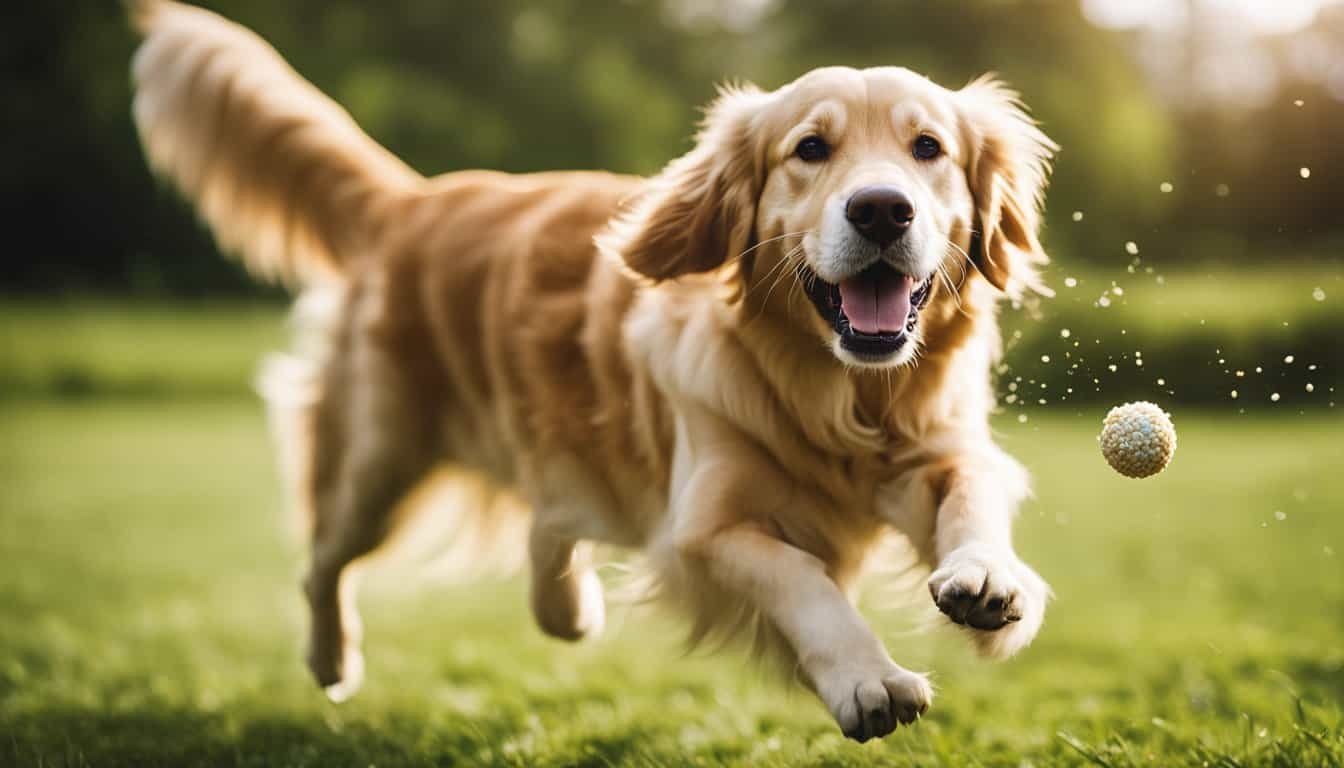
Using a Bell System
Teaching your Golden Retriever puppy to use a bell system is an advanced technique that can be very effective in potty training. This method involves hanging a bell by the door that leads outside and ringing it every time you take your puppy out to go potty. Eventually, your puppy will learn to associate the sound of the bell with going outside to do their business.
To teach your puppy to use the bell system, start by ringing the bell every time you take them outside. After a few days, your puppy will start to associate the sound of the bell with going outside. Then, encourage your puppy to ring the bell themselves by gently nudging their nose or paw towards the bell when you take them outside.
Transitioning Outdoors
Once your Golden Retriever puppy has mastered potty training indoors, it’s time to transition them to going potty outside. Start by taking your puppy outside on a leash and leading them to the designated potty area. Use the same command every time you take them outside, such as “go potty” or “do your business”.
Once your puppy has successfully gone potty outside a few times, you can start giving them more freedom. Let them off the leash in a secure area and allow them to explore, but keep a close eye on them to make sure they don’t wander off.
Remember, potty training takes time and patience. Don’t get discouraged if your puppy has accidents or takes longer to learn than expected. With consistency and positive reinforcement, your Golden Retriever puppy will eventually learn to go potty outside like a pro.
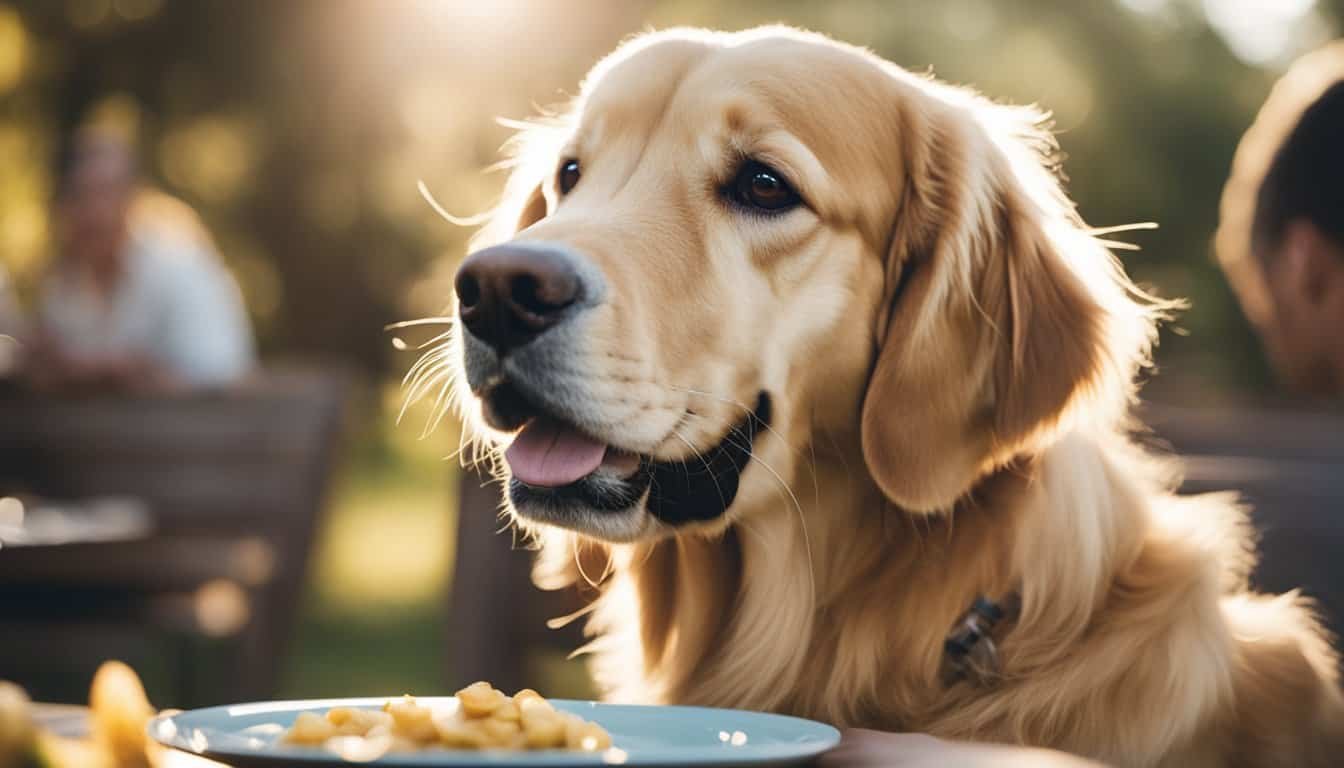
Maintaining Consistency and Patience
https://www.youtube.com/watch?v=Kr5ZF7iwPTo&embed=true
Potty training a Golden Retriever puppy requires consistency and patience. You need to establish a routine and stick to it. Take your puppy out to the same spot in your yard every time they need to go. This will help them associate that spot with going potty.
It’s important to be patient with your puppy during the potty training process. They are still learning and may have accidents inside the house. Don’t get frustrated or punish them for accidents. Instead, focus on rewarding them when they go potty outside. Positive reinforcement is key to successful potty training.
Another way to maintain consistency is by using a crate. Crate training can help your puppy learn to control their bladder and avoid accidents inside the house. Make sure the crate is the right size for your puppy and that they have enough room to stand up, turn around, and lie down comfortably.
Eager to please, Golden Retriever puppies respond well to positive reinforcement. Use treats and praise to reward your puppy when they go potty outside. This will help them associate going potty outside with positive experiences.
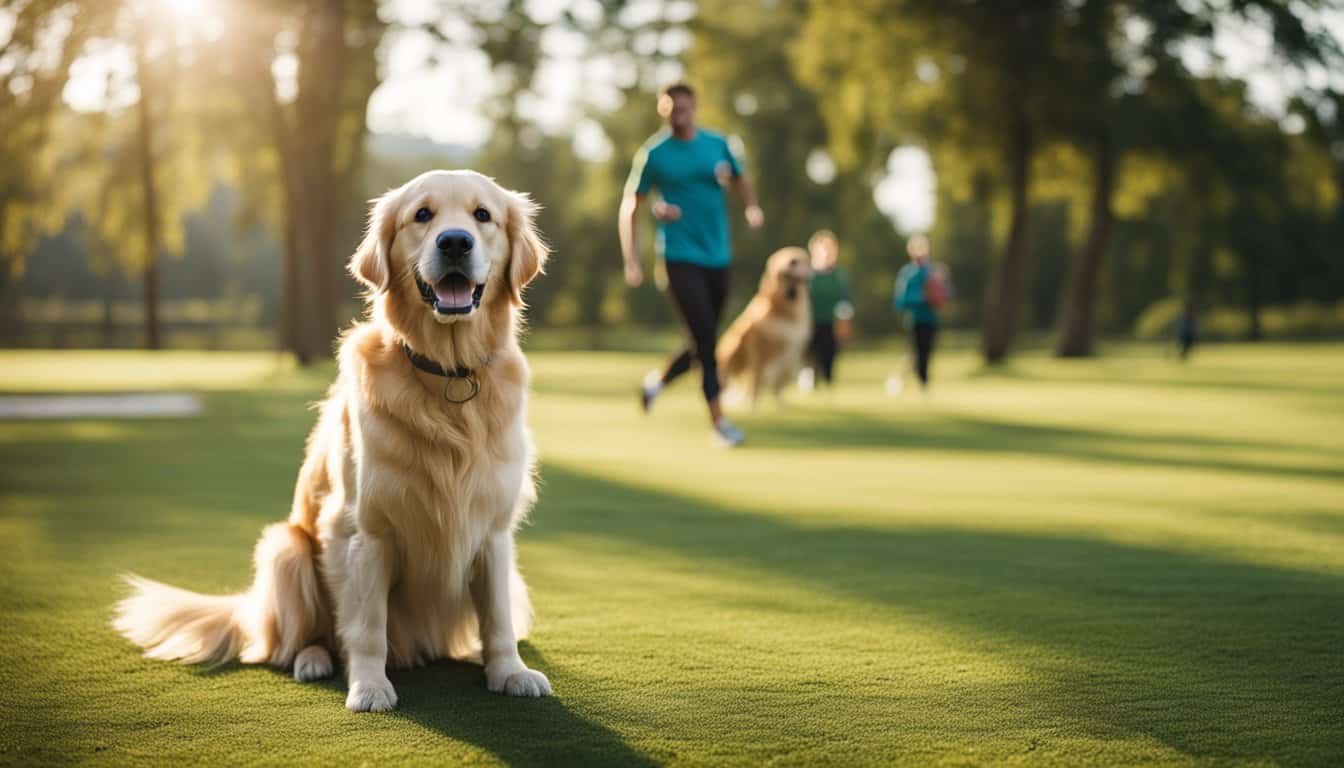
In summary, maintaining consistency and patience is crucial when potty training your Golden Retriever puppy. Stick to a routine, be patient with your puppy, use positive reinforcement, and consider crate training to help your puppy learn to control their bladder.
Frequently Asked Questions
https://www.youtube.com/watch?v=xpzjtHPQpOk&embed=true
What are some effective methods for potty training a Golden Retriever puppy?
There are several methods you can use to potty train your Golden Retriever puppy. One effective method is the NOAH strategy, which involves taking your puppy outside to potty, praising them for going outside, and rewarding them with treats or playtime. It’s important to be consistent with this method and take your puppy out frequently, especially after meals, naps, and playtime.
How often should I take my Golden Retriever puppy out to go potty?
When potty training your Golden Retriever puppy, it’s important to take them out frequently, especially during the early stages of training. Puppies have small bladders and may need to go out as often as every 30 minutes to an hour. As they get older and their bladder capacity increases, you can gradually increase the time between potty breaks.
What are some common mistakes to avoid when potty training a Golden Retriever puppy?
One common mistake is punishing your puppy for accidents. Punishing your puppy can cause them to become fearful and anxious, which can make potty training more difficult. Instead, focus on positive reinforcement and reward your puppy for going outside to potty. Another mistake is not being consistent with your training. Consistency is key when it comes to potty training, so make sure you establish a routine and stick to it.
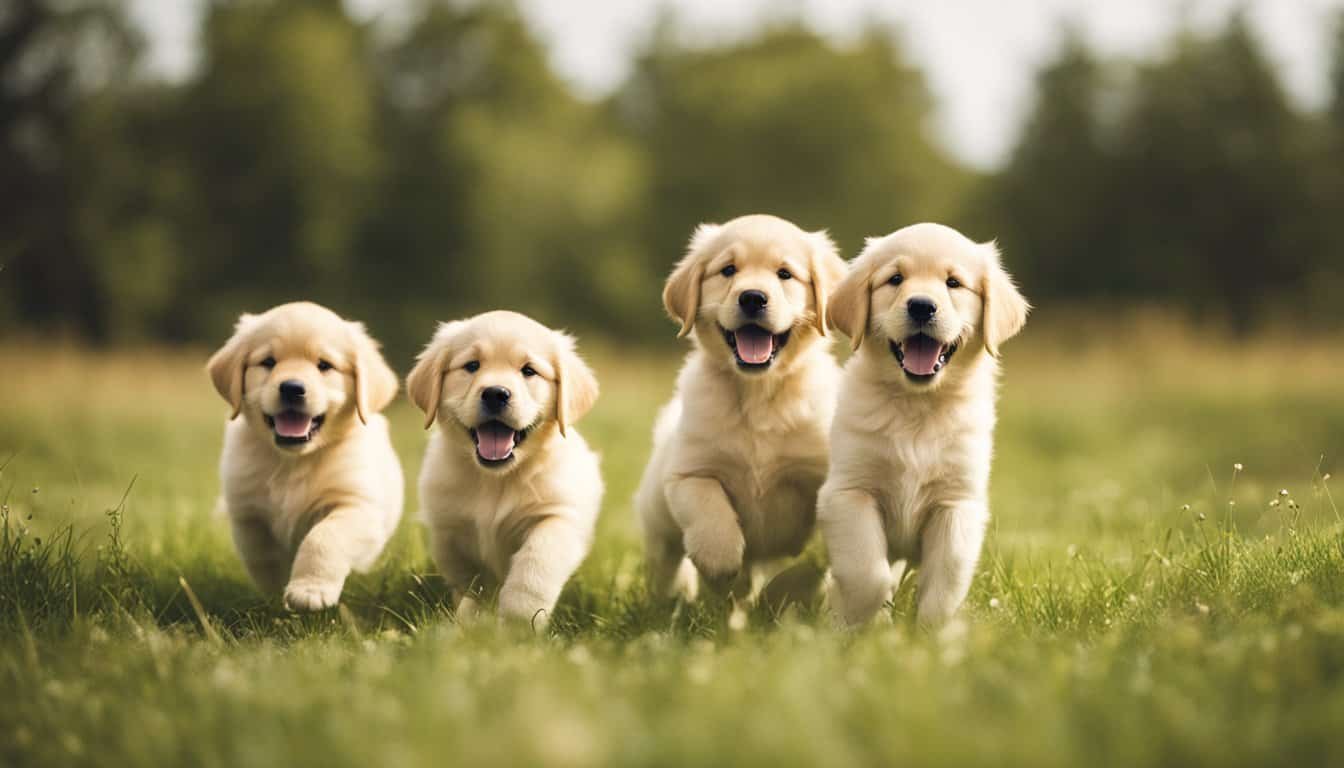
Is crate training a Golden Retriever puppy helpful for potty training?
Yes, crate training can be helpful for potty training your Golden Retriever puppy. Dogs generally don’t like to soil their sleeping area, so crate training can help them learn to hold their bladder and bowels. However, it’s important to make sure the crate is the right size for your puppy and that they have plenty of opportunities to go outside to potty.
What are some tips for potty training a Golden Retriever puppy in an apartment?
Potty training a Golden Retriever puppy in an apartment can be challenging, but there are several things you can do to make it easier. One tip is to establish a routine and take your puppy out frequently. You can also use puppy pads or a litter box to provide an indoor potty option. Additionally, make sure you clean up any accidents thoroughly to remove any lingering odors that may encourage your puppy to go in the same spot again.
Are Golden Retriever puppies generally easy or difficult to potty train?
Golden Retriever puppies are generally easy to potty train, but it can take time and patience. Puppies have small bladders and may not be able to hold their bladder for very long, so it’s important to take them out frequently. With consistent training and positive reinforcement, your Golden Retriever puppy should be potty trained in a few weeks to a few months.

